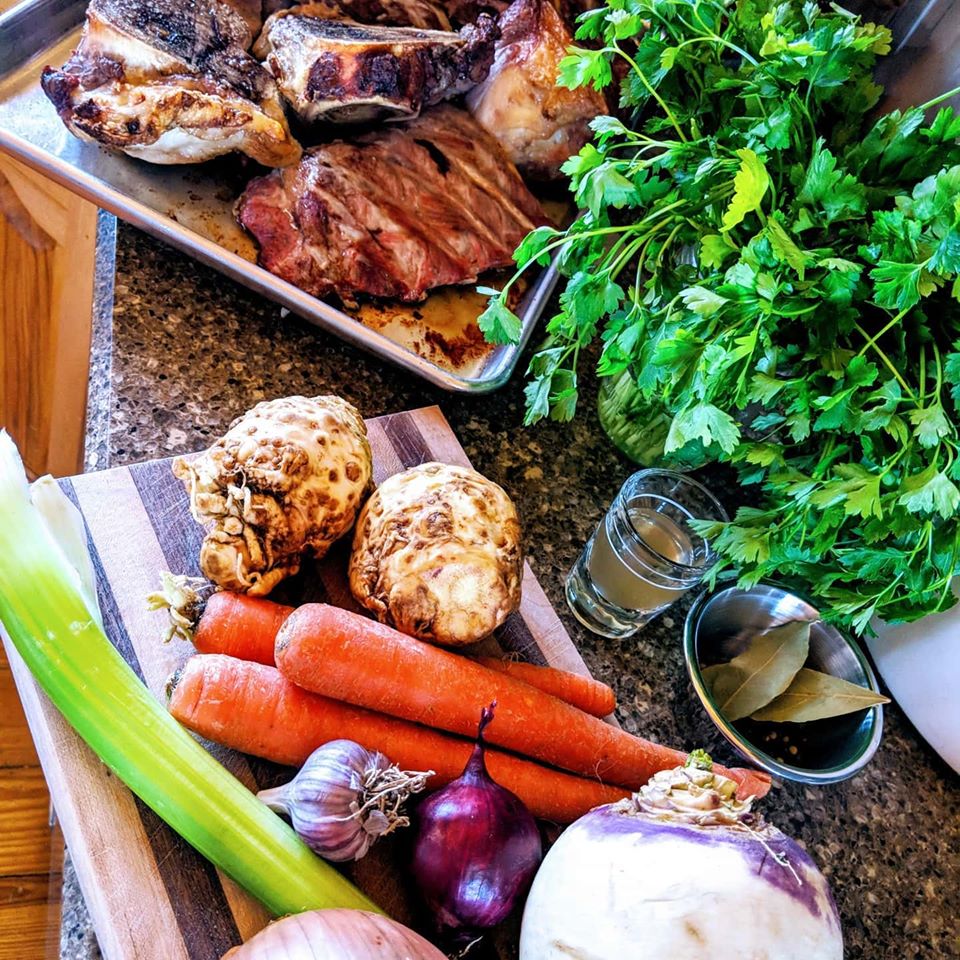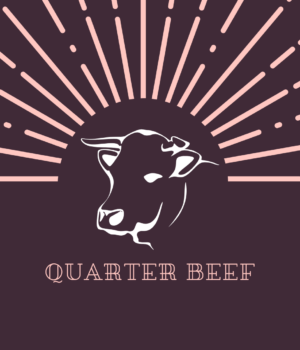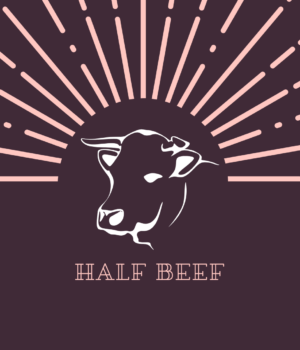Beef Processing
Hello from your farmer, Jake here at McGreal Family Farm. We are currently taking orders for our 100% grass-fed, Angus, beef. Here are the details:
The beef we sell comes from animals that are around two years old. Our stock come from a herd that has been carefully maintained for the past 30 years in rural northeast Iowa by Jacob’s parents Peter and Kristi McGreal. The animals are never given growth hormones and they are not treated with antibiotics unless absolutely necessary for their health and safety. They are pastured in an area where they have access to a host of different grasses and plants including alfalfa, red and ladino clovers, orchard grass, tall fescue and brome grass. We rotate pastures often to maximize the availability of fresh, nutritious plants and to minimize the impact on the land.
The cattle have space to roam and shelter to protect them from the elements. We provide our animals a comfortable and safe environment with low stress because it results in better quality meat for us and our customers.

Below are the options for purchasing your beef from us and what to expect from the different packages that we offer.
We currently use Qullin's Quality Foods in Waukon, IA for processing.
Quillin’s Quality Foods
Here is our processor’s pricing structure:
- Processing: $0.66/lb (includes slaughter, butcher, cooling, wrapping, grinding, tenderizing)
- Extra Boning (getting more meat ground for hamburger than what is included in the $0.66/lb fee above): $0.10/lb
- Patties: $0.50/lb
- Beef Bacon: $1/lb
- Dried Beef (by wet weight): $2.00/lb
- Jerky (by wet weight): $3.50/lb
- Summer Sausage: $2.00/lb
- Beef Sticks: $2.50/lb + (cheese, etc.)
The standard processing is usually around $100-$110 per quarter or split side.
If you are interested in comparing this to some nationwide grass-fed beef pricing please take a look at this price report from the USDA. We are always open to questions and commit to be transparent about our pricing.
Note: Beef will stay safe to eat indefinitely if kept frozen but should be used within one year for best quality. For some helpful tips on cooking delicious grass-fed beef please check out this site.


